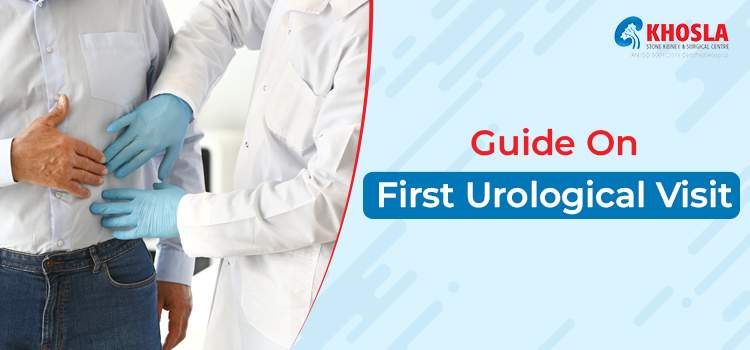![]()
Medical students and curriculums have technically got limited exposure to transgender patients and their healthcare. However, this exposure gap is being rectified due to the wake of the number of dysmorphic people. Thanks to the increase in </spanTransgender Surgery , medical students can get to know more information on transgender and gender-diverse patient-specific care.
Thanks to the recently found awareness, LGBT people are able to get better health facilities, more equality, etc. They get access to things like Cosmetic Surgery to get their bodies modified according to their identity. They can comfortably approach any medical facility to get themselves treated without bias and discrimination.
Definition of Sex, Gender, and Orientation
These are the three components of a person’s experience.
- Sex: It is the person’s physical status, like male, female, or intersex. People do or do not identify with the gender they are assigned since birth at times.
- Gender Identity: It is the innate knowledge of one’s gender, who they are, and their internal sense of self. This can exist on a spectrum which can be male/man, female/woman, or both. It does not depend upon sex.
Trainees should be familiar with the latest techniques of gender identification:
- Transgender: The person whose gender identity is different from the gender they’re aligned since birth
- Non-Binary: These are the people who identify with a gender different from both gender binaries. They are genderqueer, gender diverse, demi-gender, agender, gender fluid, and bigender.
- Cisgender: These people identify with the gender they have been assigned since birth.
The term “Intersex” is used to refer to a disorder of sex differentiation (DSD). But, being intersex or DSD is different from being transgender or non-binary.
It is instead defined as being born with sex or reproductive characteristics that do not fit the male and female binary definitions.
Sexual orientation is denoted to enduring physical, romantic, or emotional attraction a person has or does not have for other persons, irrespective of the same or different genders.
Terminologies commonly used for orientation include lesbian, gay, bisexual, pansexual, and asexual. Orientation is different from gender identity.
Pronouns and Self Identification
It is always helpful for a physician to ask the patient’s pronouns. It helps in building rapport and trust with the patient. Pronouns are something that should not be presumed by the physicians.
People can use various pronouns to identify themselves. They sometimes use pronouns that are not frequently used. He/they and she/they are commonly heard pronouns and self-identity. It also means the person uses two pronouns and can alter between them.
Thankfully our governments are making strides in terms of change. They are recognizing the usage of these pronouns and are erasing discrimination in terms of self-identification. People can identify as they/them, she/them, he/they, etc, in their government records.
Hence, If these changes are possible, we are witnessing a revolution for the LGBT community. It is the hour of need to change our mindset and identify the needs and expectations of the LGBTQ community.

